In the world of electronics, soldering is a fundamental skill that plays a critical role in building and repairing devices. Whether you're an amateur hobbyist or a seasoned professional, working with solder involves a certain amount of risk, particularly when it comes to exposure to potentially harmful fumes. These fumes, often a byproduct of melting solder (typically a combination of lead and other metals), can pose significant health hazards if inhaled over time.
Understanding the need to ensure safe practices in your soldering workspace, the concept of a DIY 12V solder fume extractor emerges as an invaluable tool. Not only does it promote a healthier environment, but it also enables you to pursue your projects with peace of mind. Let's delve into the intricacies of creating an effective fume extractor that will serve as a stalwart defender against airborne contaminants.

**Why a Fume Extractor is Essential**
First, it’s important to understand what makes a fume extractor indispensable. Soldering fumes contain a mix of fine particulate matter and various gases, including lead oxide, flux residues, and other substance particulates. In insufficiently ventilated areas, routine exposure can lead to respiratory issues, eye irritation, and in severe cases, long-term health problems such as chronic bronchitis or lead poisoning.
A fume extractor reduces this risk by capturing and filtering the air around the soldering area, trapping harmful particles and allowing clean air to return to the room. As a DIY enthusiast, crafting your own fume extractor not only saves money but also offers a customized solution that fits your specific workspace and needs.
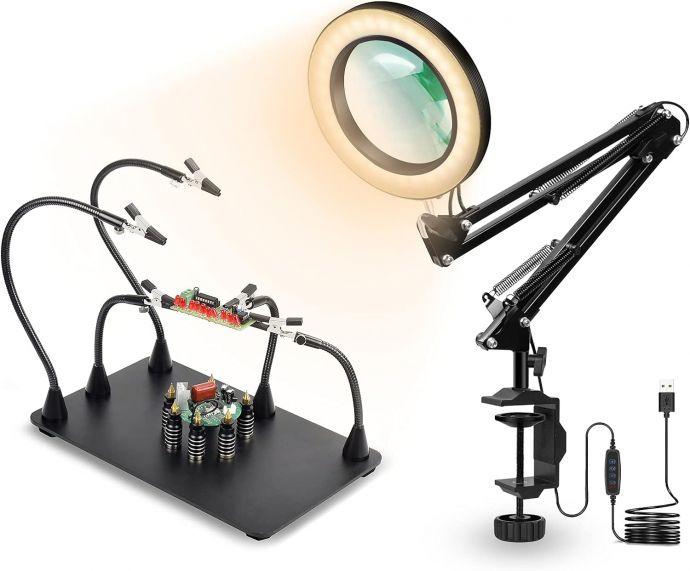
**Components of a DIY 12V Solder Fume Extractor**
Creating a reliable and effective fume extractor revolves around a few key components:
1. **Fan and Motor**: A 12V DC fan serves as the heart of the extractor. It offers sufficient power to draw in fumes without consuming excessive energy, while its compact size makes it ideal for a desktop setup. The fan will need to be paired with a 12V power source, such as a basic AC to DC adapter or a portable 12V battery.
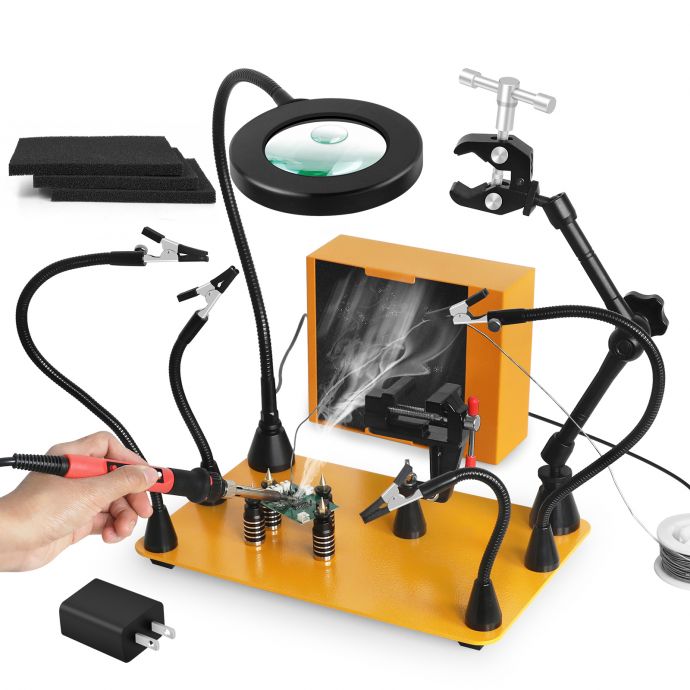
2. **Filter**: The choice of filter is critical for effective fume removal. Activated carbon filters are popular for their ability to absorb odors and trap fine particles. HEPA filters offer a higher degree of filtration by capturing even finer particulates. Depending on your needs, you can use either or combine both for optimum filtration efficiency.
3. **Enclosure and Ducting**: The enclosure should channel fumes directly to the fan for maximum efficiency. Creating a simple box-like structure from MDF or acrylic can help direct airflow towards the fan. Additionally, flexible ducting can be used to ensure fumes are drawn from the desired area and directly into the fan’s intake.
4. **Housing and Stand**: A sturdy housing is essential to ensure the components are securely mounted and easily adjustable. Simple metal brackets or adjustable stands from recycled material can position the extractor at the appropriate height and angle above your work area.
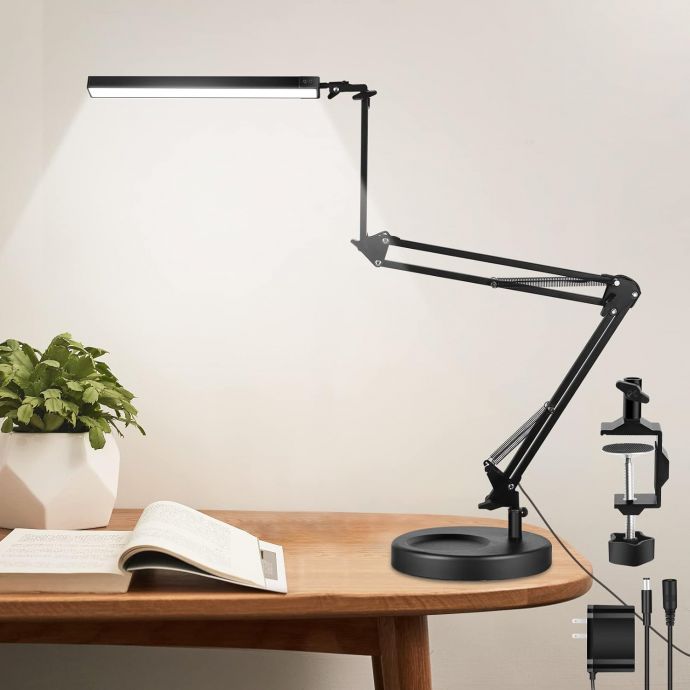
**Building Your 12V Fume Extractor**
1. **Plan and Design**: Start by sketching your design. Visualize how components will fit together, considering dimensions that suit your workspace. This is particularly important for ensuring balance and stability.
2. **Assemble the Enclosure**: Using MDF or acrylic sheets, construct a box to house the fan. This can be attached directly to a stand or left freestanding, depending on your design preference.
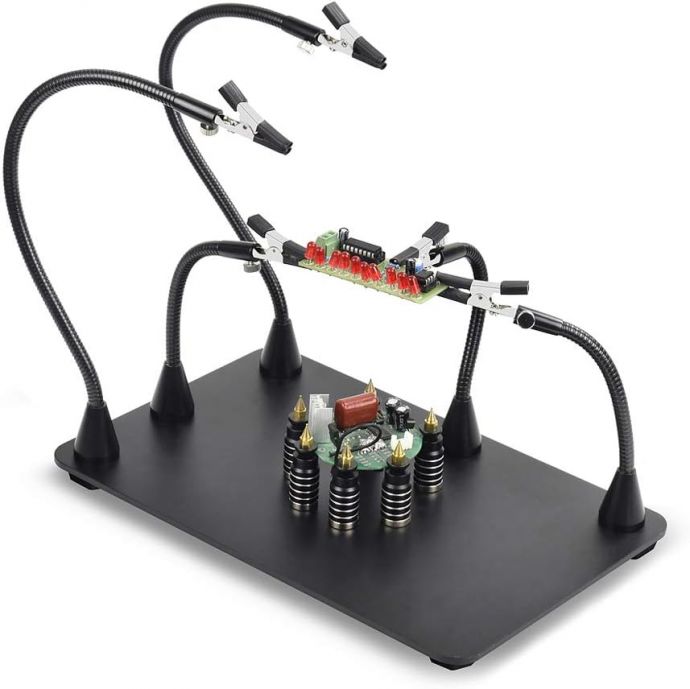
3. **Mount the Fan**: Secure the 12V fan to the enclosure, ensuring it’s positioned to maximize airflow. Make certain that the intake and exhaust are unobstructed for optimal performance.
4. **Install the Filter**: Attach the activated carbon or HEPA filter directly in front of the fan intake. This placement will allow the fan to draw fumes directly through the filter. Depending on the filter type, it can be mounted using slots or clips for easy replacement.
5. **Secure the Housing**: The housing can be mounted on a stand or directly on your workbench. Flexibility in adjustment is crucial for directing the extractor towards any soldering area.
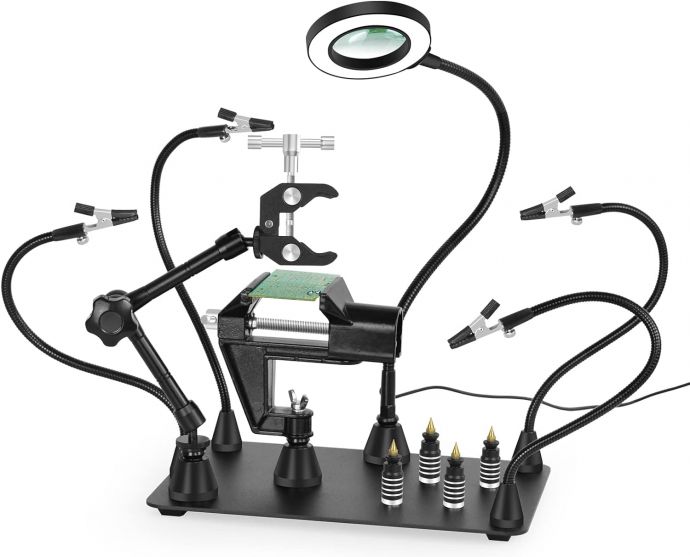
6. **Power Connection**: Wire the fan to your 12V power source, ensuring proper insulation and secure connections to prevent electrical hazards.
**Testing and Optimization**
Once your fume extractor is assembled, it’s essential to test its efficiency. Position it close to your soldering area, turn it on, and observe its ability to draw smoke away. You can adjust the height, angle, or distance to improve performance. Evaluate the filter’s effectiveness regularly and replace it when necessary, as a clogged filter will reduce efficiency.

**Conclusion**
Building your own 12V solder fume extractor not only enhances safety during soldering activities but also fosters a sense of accomplishment and self-sufficiency. Whether you’re setting up a small home workspace or upgrading an established station, having a dependable extractor makes a meaningful difference in your health and project outcomes.
In essence, the DIY 12V Fume Extractor is your ally in maintaining a safer, healthier soldering practice, allowing you to indulge in the art and science of electronics with both skill and conscience. It empowers you to take charge of your workspace environment, ensuring that creativity and innovation are pursued in a responsible and sustainable manner.









